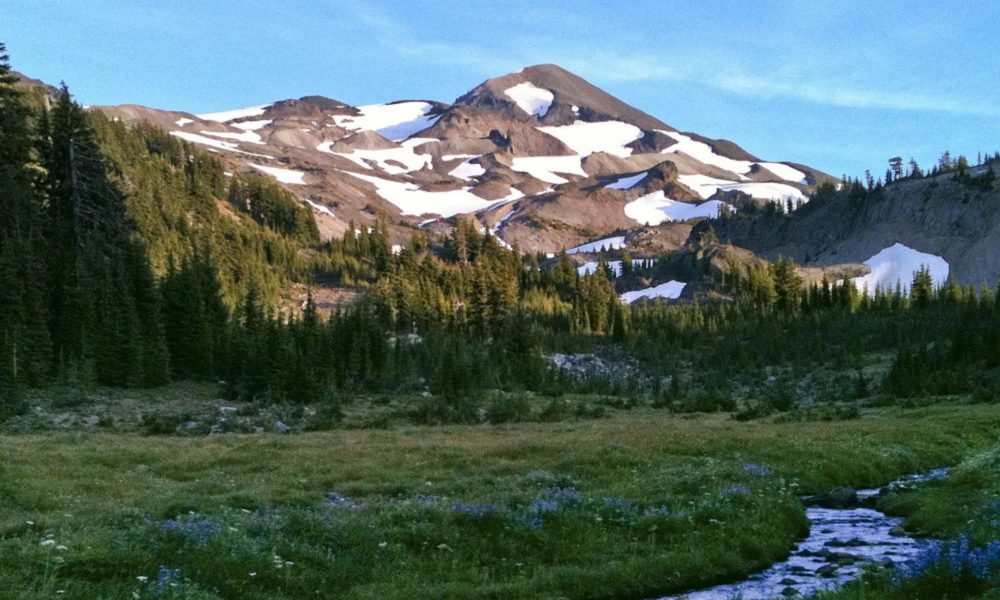Being prepared for sudden cardiac arrest (SCA) can make a critical difference in outcomes. Here are some key truths about SCA and preparedness:
Statistics and Impact
- SCA claims the lives of over 356,000 people each year, including more than 23,000 youth under 18.
- The survival rate outside of a hospital is less than 10%.
- Immediate medical attention is crucial, as the chances of survival decrease dramatically with each minute without CPR and defibrillation.
Sudden Cardiac Arrest Can Happen to Anyone
- It can occur in people of all ages and health conditions, often without warning. Many who experience SCA have no prior symptoms.
Immediate Action is Crucial
- The chances of survival decrease by about 7-10% for every minute without CPR and defibrillation. Quick action can significantly improve outcomes.
Know the Signs
- Sudden Cardiac Arrest often presents suddenly, with the person collapsing and becoming unresponsive. Unlike a heart attack, there may be no warning signs like chest pain or discomfort.
CPR is Essential
- High-quality chest compressions can maintain blood flow to vital organs until professional help arrives. It’s crucial to learn how to perform CPR effectively.
AEDs Save Lives
- Automated External Defibrillators (AEDs) are easy to use and can analyze heart rhythms. Having access to an AED and knowing how to use it increases survival rates of a Sudden Cardiac Arrest.
Training is Key
- Take CPR and AED training courses to prepare you to act confidently during a Sudden Cardiac Arrest. Many organizations offer classes, including the American Heart Association and Red Cross.
Community Preparedness Matters
- Encourage local businesses, schools, and organizations to have AEDs on-site and ensure staff are trained in CPR. Community awareness can save lives.
Know Your Risk Factors
- Factors like family history, lifestyle choices (e.g., smoking, diet), and existing health conditions can increase the risk of Sudden Cardiac Arrest. Regular check-ups can help identify and manage these risks.
Stay Informed
- Understand the latest guidelines and recommendations regarding CPR and first aid. Refresh your skills regularly to stay prepared.
Advocate for Change
- Support initiatives that promote public access to AEDs and CPR training in your community. Being proactive can foster a culture of preparedness.
Conclusion
In conclusion, being prepared for sudden cardiac arrest involves understanding the risks, recognizing the signs, and knowing how to respond effectively. Through education, training, and community efforts, we can improve survival rates and save lives.
Stay Vigilant and Be Prepared
In addition, take these steps to ensure you and your loved ones are better prepared to handle emergencies effectively. It’s always better to be proactive than reactive for safety and preparedness.












You must be logged in to post a comment.